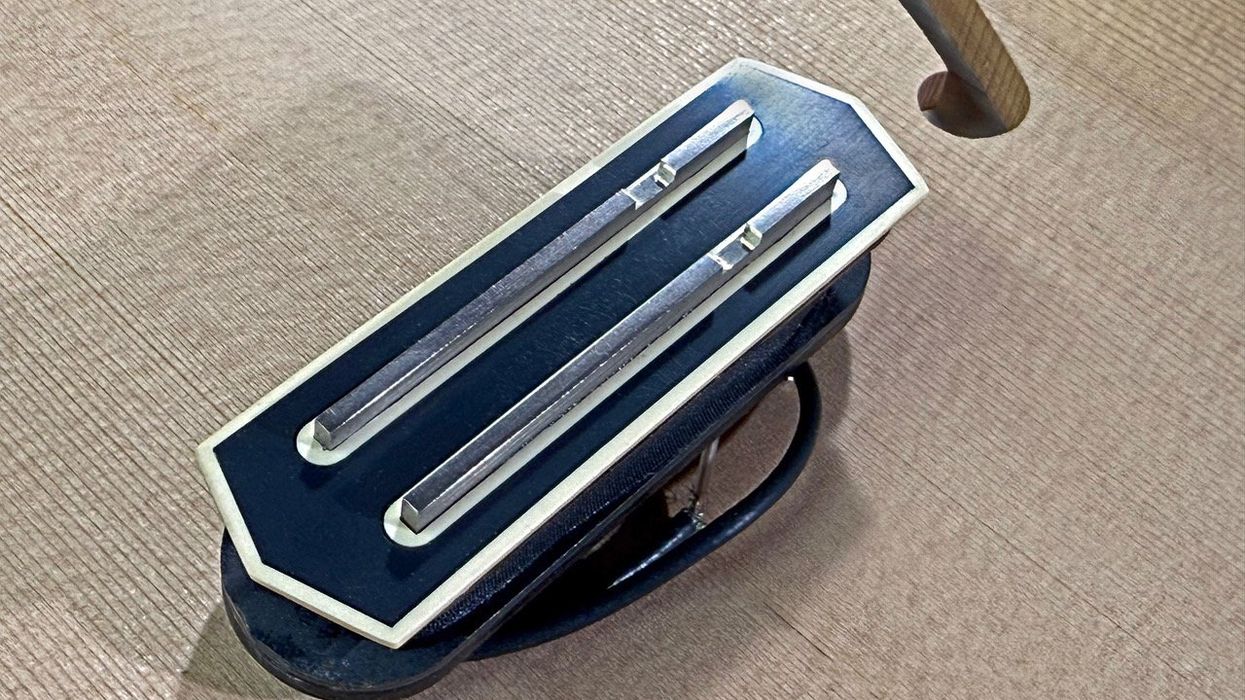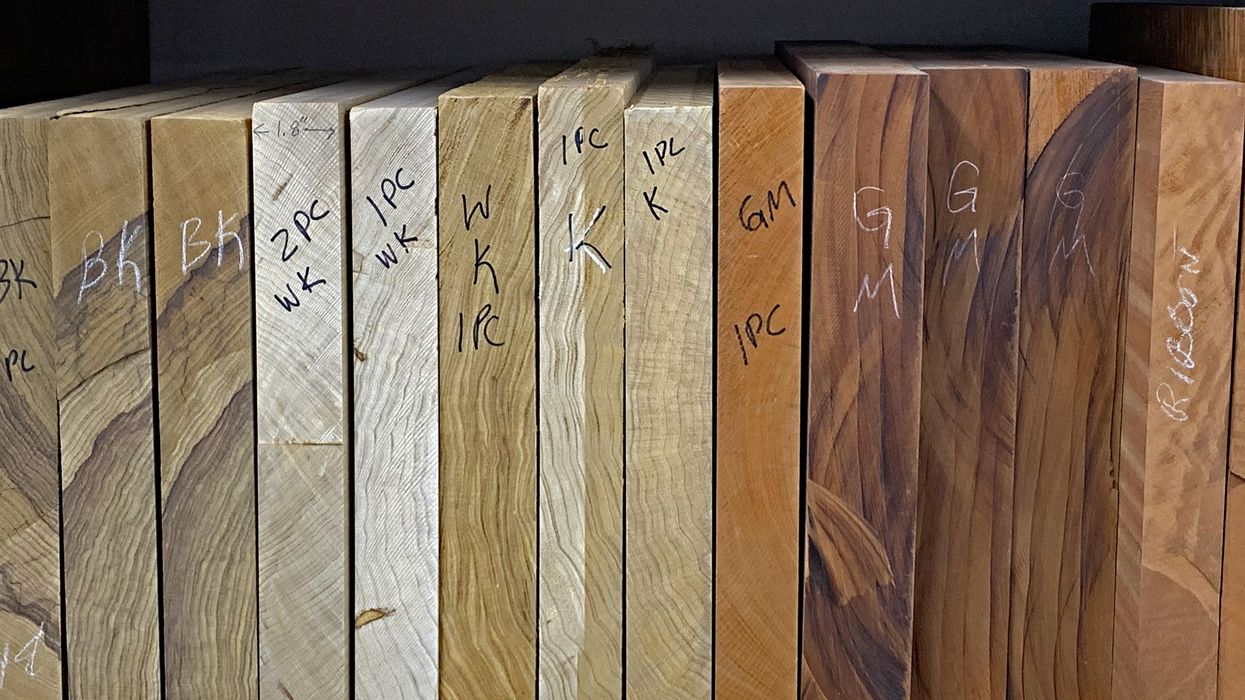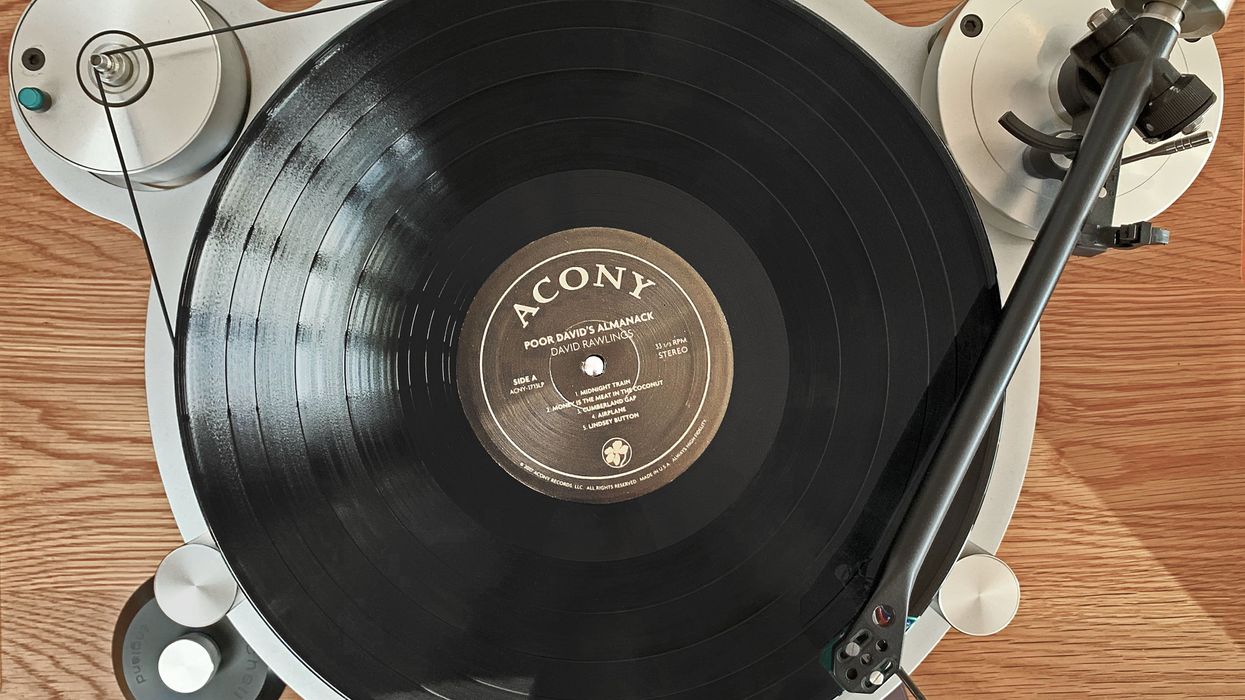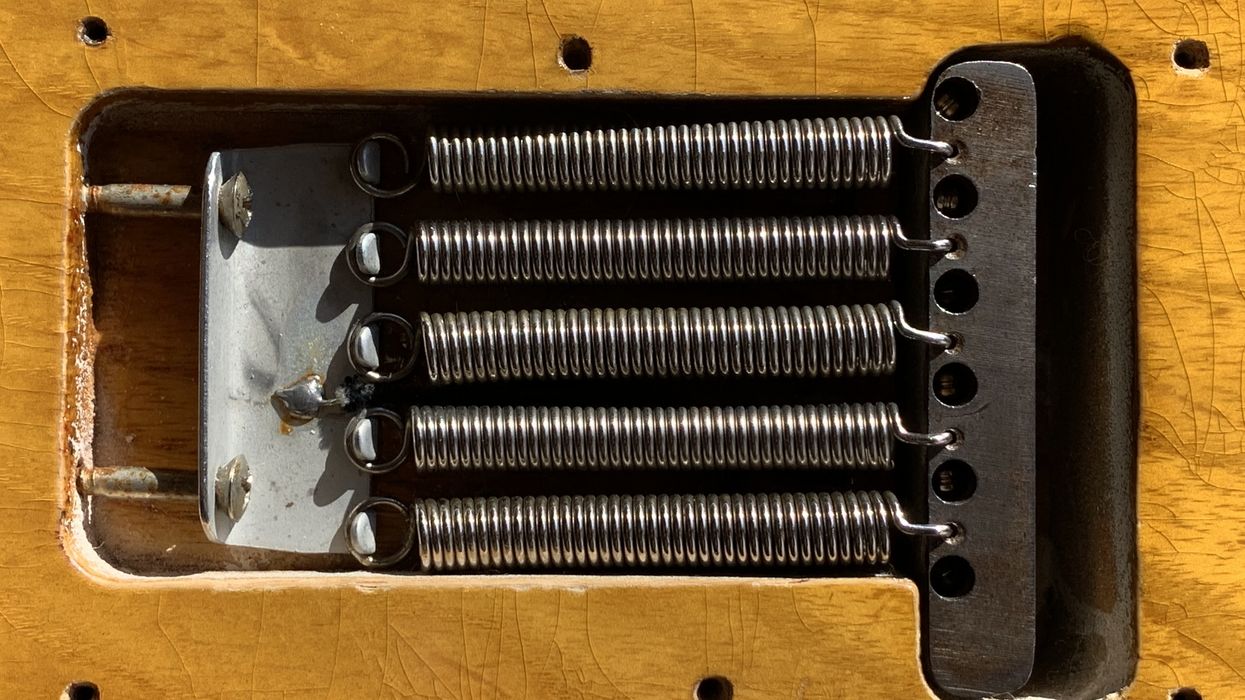Electric guitar sustain has been a hot topic and punchline for guitarists forever. Sustain is one of the buzziest of guitar buzzwords—right up there with “tone” and “feel.” The capability of an instrument to hold a note (or groups of notes) for long periods is often cited in advertising materials vying for your attention, but where does sustain come from and does it really matter?
Sustain is basically how long a note rings out. Because this is Esoterica Electrica, we’ll limit our discussion to electric instruments. That’s not to say that acoustic guitarists don’t chase sustain, but with electrics it’s like some kind of religion. Here are a few of the usual suspects in the quest:
Pickups. Seen as a panacea for almost everything, magnetic pickups can help, and hurt, your guitar’s sustain. Powerful guitar output can drive your input harder, and therefore possibly longer. Loud output can make your instrument seem more sensitive, but when output is derived from strong magnetism, that force can also stop your strings from vibrating like an invisible mute.
String gauge. There are two camps on this, which are diametrically opposed. One view is that heavier strings generate more output, and therefore more sustain. But as I mentioned above, magnetism comes into play here as well. Although there isn’t any reliable evidence that heavy strings sustain longer, as usual, you can find plenty of anecdotal arguments. The same goes for ultra-light strings. The naysayers argue that more mass equals more momentum. I wonder if Newton was a guitarist.
String height.There are two things at play here. The first is that when raising action, unless the pickups are raised to provide the exact same gap as before, the magnetic field strength will be different, and possibly the cause of some increase in sustain, but with a change in tone. The second possibility is that when strings are too low and rattling excessively on the frets, this will rob sustain by absorbing some of the energy into the frets. A higher action is going to avoid this.“The best sounding (and sustaining) Les Paul I’ve ever played was a 1957 goldtop, and it was solid mahogany.”
String freshness.There are lots of opinions on this one. Some guitarists like to change strings often to maintain that snappy new-string sound. The enhanced brightness of new strings may allow you to hear overtones longer, or maybe you’re just stoked that you have new strings. Of course, the other team swears that guitars only sound great when the strings have been beaten into submission by hours of flogging. This is probably more about a mellowing tone than sustain, but don’t take my word on it. I don’t change my strings for years unless they break.
Bridge design and material. There was a brass bridge fad in the 1970s, and a few aftermarket companies made their reputations creating brass bridges, nuts, and just about anything else that could be screwed onto a guitar. The idea was that brass would “ring like a bell,” as the saying goes. One parts manufacturer told me that brass at each end of the string reflects energy back into the strings, thus improving sustain. It convinced a lot of people to try it, but I have a lot more faith in lighter-weight materials for bridges. It seems to work well with chambered guitars in particular.
Headstock angle. The theory is that a steep string angle across the nut increases downforce and thus reduces vibration loss north of the break point. Les Paul fans point to this as the secret sauce. There are lots of advocates for big headstocks as well as weighty tuners. There’s even a metal plate you can screw to the back of the head to “get more sustain, overtones, and balance,” as claimed by the manufacturer. Once again, no scientific evidence, but you’re welcome to try.
Wood choice. As the story goes, Gibson put a maple top on the Les Paul for sound and sustain. The best sounding (and sustaining) Les Paul I’ve ever played (and I’ve played hundreds) was a 1957 goldtop, and it was solid mahogany. Construction materials do affect sustain, as do all of the above variables, so there’s no single silver bullet.
In the end, sustain is felt more than heard, but not everybody cares. In the 1980s, I went to NAMM with the first guitar fitted with a device called the Sustainiac. It was a battery-powered electromagnetic coil that regenerated an instrument’s output back into the strings indefinitely. It worked like a charm, and you could hold any note forever. I let a very famous guitarist try it, and after a 30-second flurry of arpeggios, he held a note for a few seconds. “I don’t think it’s for me,” was his verdict. I guess that having gobs of sustain is like 700 horsepower in your car—you’ll never use it, but it’s nice to know you could.





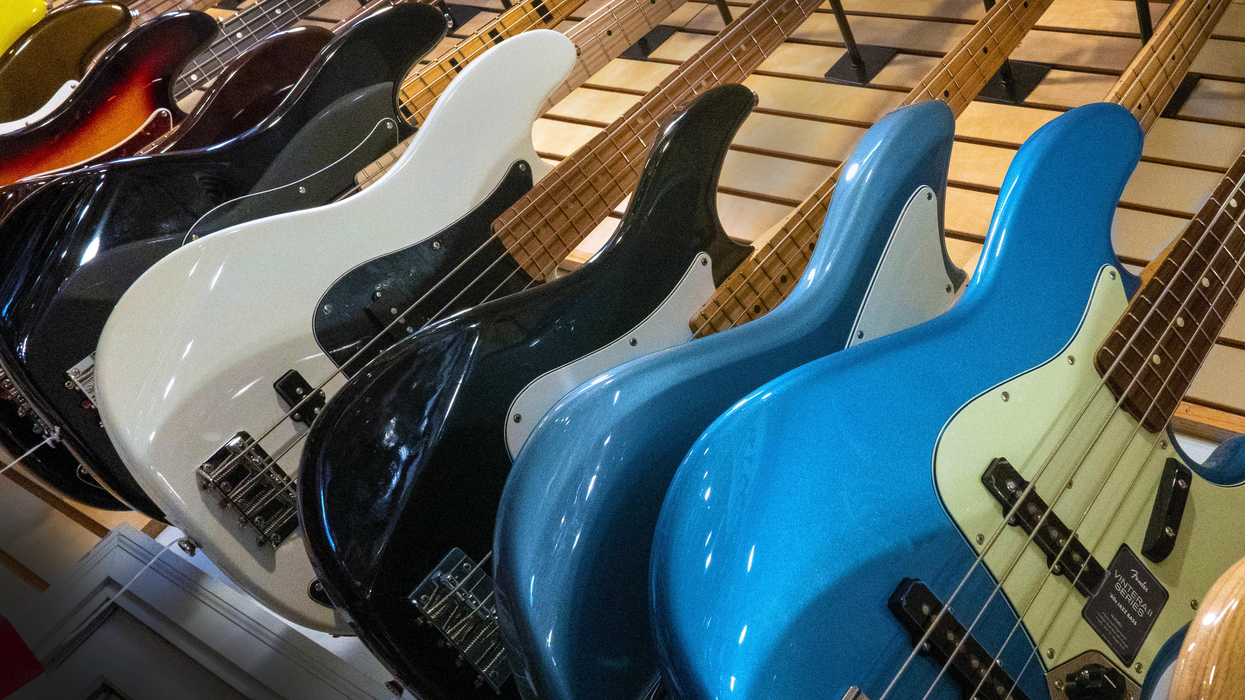
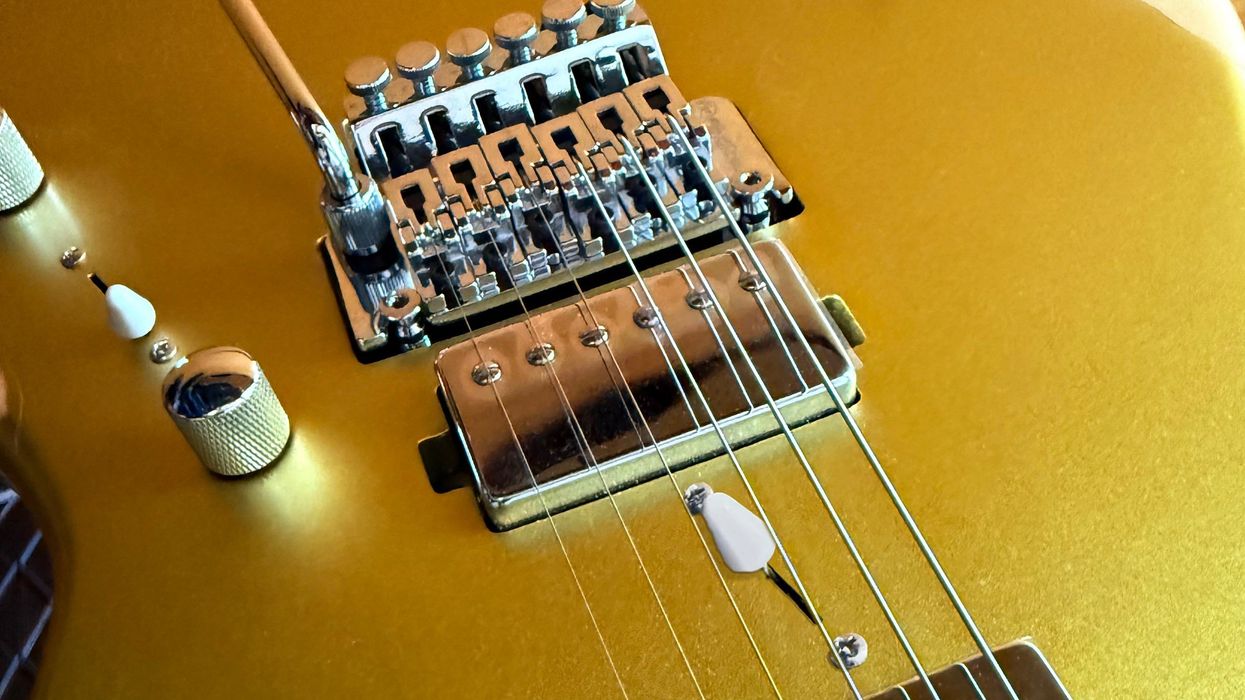
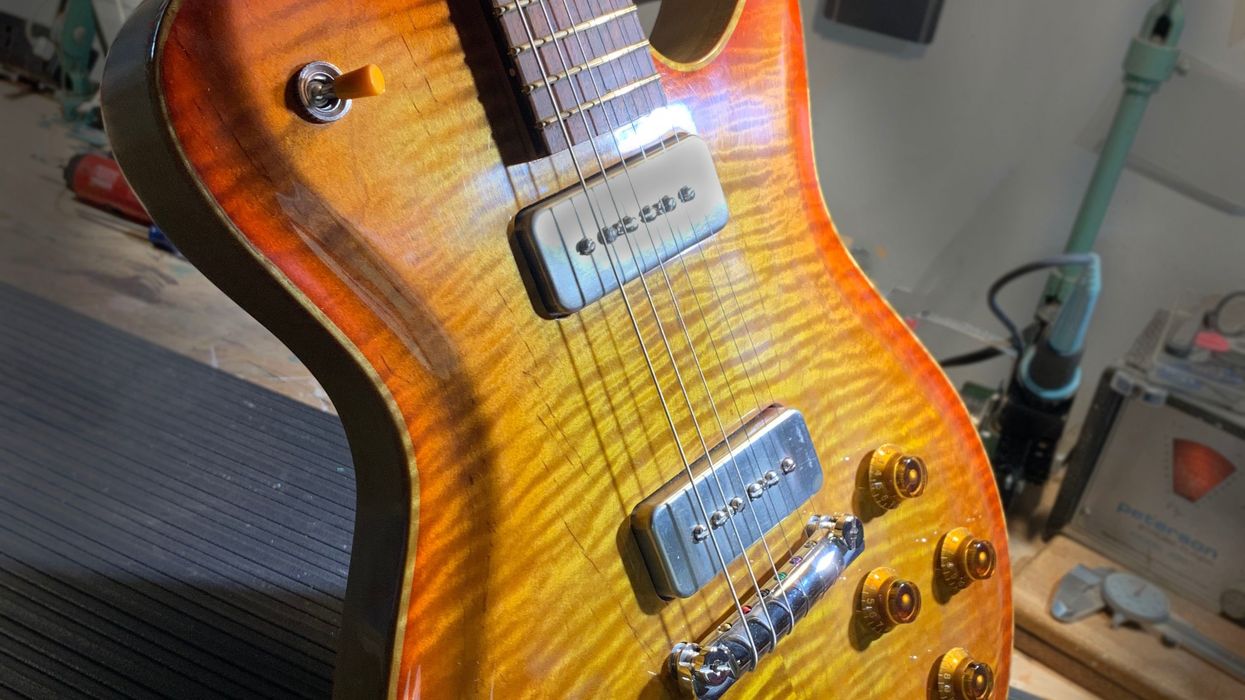




![Rig Rundown: Russian Circles’ Mike Sullivan [2025]](https://www.premierguitar.com/media-library/youtube.jpg?id=62303631&width=1245&height=700&quality=70&coordinates=0%2C0%2C0%2C0)


